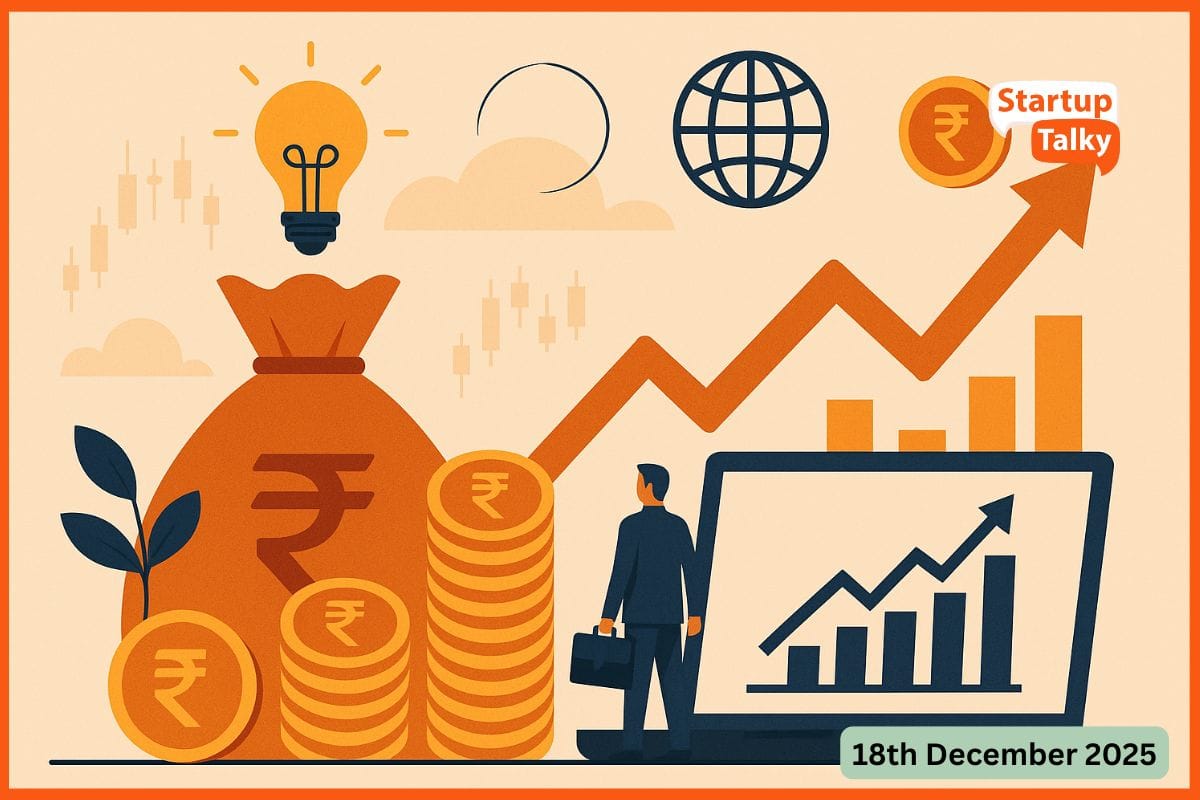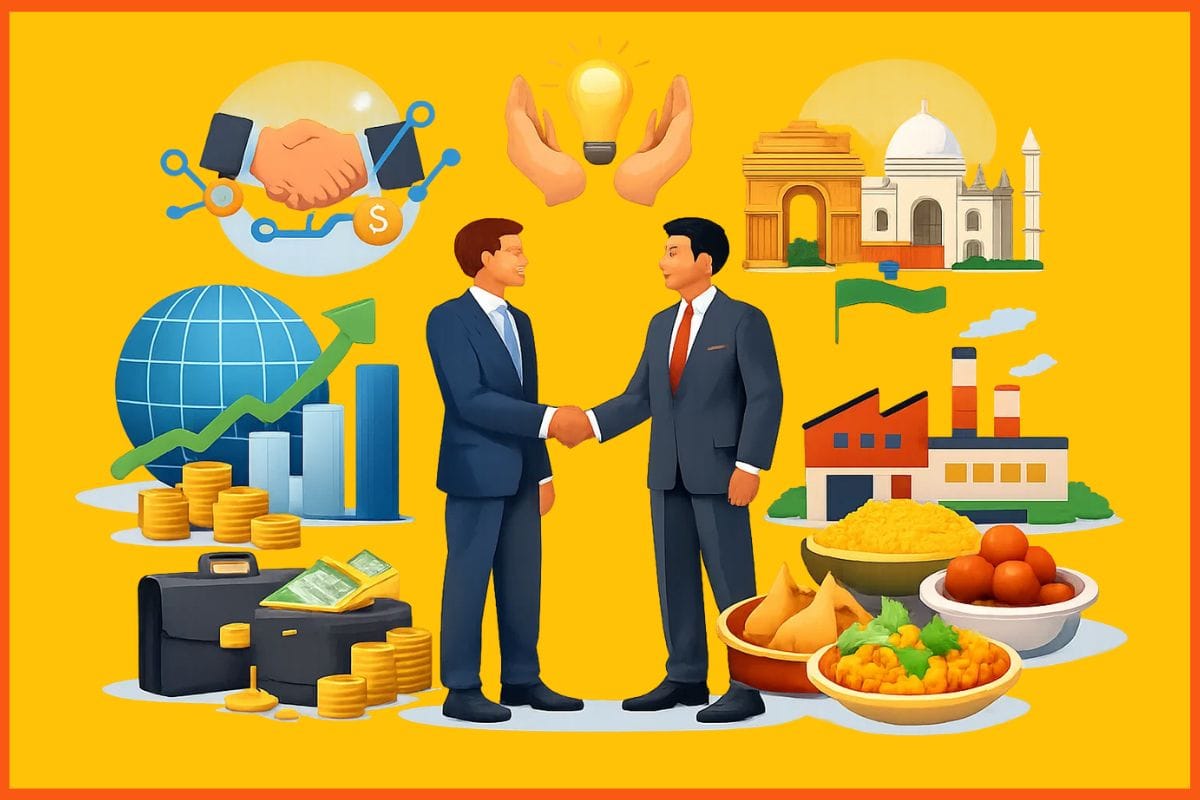Business Model of Red Bull | How does Red Bull Make Money
🔍Insights
Red Bull is an energy drink manufactured by the Austrian firm Red Bull GmbH, founded in 1987. It sells its famous energy drink all around the world. It sold 7.5 billion cans of energy drinks in 2019.
To put this into perspective, that's nearly a can for every person on the planet. Taurine, B-complex vitamins, caffeine, and carbs are all found in this non-alcoholic beverage.
From the start, the drink's popularity expanded swiftly. Red Bull has the world's largest market share of any energy drink at 40%. Red Bull owns automobiles, jets, and sports teams, but not production facilities. Let's look at its business model and how it makes money.
About Red Bull
Business Model of Red Bull
How does Red Bull make Money?
What makes Red Bull Unique?
Important Statistics of Red Bull
FAQ
About Red Bull
Dietrich Mateschitz, an Austrian entrepreneur, was influenced by the Krating Daeng energy drink, first launched and sold in Thailand by Chaleo Yoovidhya. He took this concept, tweaked the ingredients to appeal to Western palates, and co-founded Red Bull GmbH in Chakkapong, Thailand, with Chaleo in 1987.

Red Bull's vision is to uphold Red Bull standards while preserving the category's leadership position by providing exceptional customer service in a highly efficient and productive manner. According to Red Bull, the human body requires more taurine than it generates naturally during physical effort, necessitating the consumption of its beverage.
Business Model of Red Bull
Experience Selling
The corporation may charge outstanding rates for its products because of its associations with extreme sports and the unique Red Bull logo. Customers, primarily young males, are more interested in the overall "experience" connected with the Red Bull lifestyle than in the product or its practical usefulness.
Reverse Innovation
Krating Daeng is a non-carbonated, sweetened energy drink in Thailand in the 1970s. It was first introduced in Thailand as a source of refreshment for Thai labourers in the countryside.

Dietrich Mateschitz, an Austrian entrepreneur, found Krating Daeng while working in Thailand. He then launched Red Bull in the Western market with a new formula and branding strategy.
Sponsorship
A company associating its brand with a logo seeks a wide range of economic, public relations, and product placement advantages in a sport's extremely competitive sponsorship environment. Support is not expected to be humanitarian; instead, it is a commercial partnership that benefits both parties.
By exploiting their link with an athlete, team, competition, or the sport itself, sponsors also strive to generate the public's trust, acceptance, or harmony with the media perception a sport has established or obtained. In addition to sponsorship, Red Bull owns Flugtag (an acrobatic flight competition), the Red Bull Air Races, and teams in various sports, including F1, NASCAR, soccer, and ice hockey.

Sustainability
Environmental impact assessments are conducted by companies that produce fast-moving consumer goods and services and are devoted to sustainability. Green strategists and workers in charge of brand definition interact with product and service designers, environmental groups, and government agencies.

Brand Culture
The ultimate aim of the advertising industry is to build a unique and long-lasting cultural brand. A fuzzy blend of time, attitude, and emotion is used to recognise and duplicate an ideology. It demands workers to engage brand values to solve problems, make internal decisions, and provide branded services to customers.
Branding of Ingredients
It's the method of constructing a brand for a specific product or component to represent the ingredient's exceptional quality and performance. Ingredient branding is the process of elevating an element or ingredient of an item or brand to the significance and giving each one an identity.
Value Creation
Red Bull is a caffeine-containing drink perceived as exciting, athletic, and edgy by its customers. Red Bull made a whopping €5.110 billion in sales in 2014 after selling 5.612 billion cans of energy drinks and dividing the earnings with its Thai licensee. Red Bull sold 7.5 billion cans of energy drinks in 2019. Individual pro-athletes, soccer and Formula One teams, headline events, and a whole media production division are all sponsored by Red Bull.
It's all about the economics of selling caffeine, the profit margins, Red Bull's intelligent outsourcing approach, Red Bull's brilliant value creation plan, utilising brand clout among young people, and actively designing their original content.

How does Red Bull make Money?
Red Bull's brand name and image, together with other promotion methods, has paid them well to become the giant they are now, as seen by sales and the acquisition of a massive market. The Red Bull Energy Company makes money by selling its signature drink, Red Bull. It is a product that meets the needs of its customers.
They also profit from the extensive promotion and marketing of the Red Bull energy drink, which promotes sales. Consider this: a company that sells approximately 7.5 billion cans annually generates roughly $6 billion in sales. Customers react in this way to their products.
According to a filing with the Austrian company register, Red Bull's income has increased 10% to $971 million last year as revenue increased 8.6% and dividends from subsidiaries increased. The energy drink behemoth owns six soccer teams, two racing teams, and a tens of thousands-strong athlete clubs.
It is apparent that Red Bull is involved in more than just selling energy beverages, and the Red Bull energy drink company makes money through sales and marketing.
What makes Red Bull Unique?
Red Bull is an energy drink with a "cool" image among youth due to its link with extreme sports. Windsurfing, cliff diving, rock climbing, Formula One, and even its Air Racing series have benefited from the brand's prominence in extreme sports.
In addition, young people are seen doing things that aren't generally covered by sports programmes. Because those individuals, the extreme athletes, are not well-known, the typical person can relate to them more than a prominent athlete.
It taps into a vast market—both for nostalgic reasons for the elderly and the market that Red Bull is aiming for: the 18 to the 34-year-old crowd—by talking and acting youthfully.
Important Statistics of Red Bull
- Red Bull spent $50 million to make Felix Baumgartner's space jump a reality — what's the value of worldwide coverage? 6 billion dollars.
- The cost of producing a single can is about USD 0.09. In Western countries, the average wholesale price of a single can is US$1.87. In Western countries, the recommended retail price for a single can is US$3.59.
- In 2019, 7.5 billion cans were sold, generating $6 billion in income, a third of which was reinvested in marketing.
- With 7.9 billion cans sold in the year 2020, it is the world's most popular energy drink.
- In 2006, the Red Bull New York soccer team was purchased for an estimated US$25 million — what is the current market value? US$290 million.
Competitors of Red Bull
Reb Bull faces competition from different global brands such as PepsiCo, Dr Pepper, Gatorade, Coca Cola, Nestle, Tropicana, Schweppes, Danone, and others. Even with such severe competition, Red Bull emerges as the winner. To elicit a charge out of this bull, one doesn't need to swirl a red cape out front.

Conclusion
Red Bull's heavy emphasis on brand image rather than the new product aligns with its consumer-based business model. The cash and labour of Red Bull are invested in building and maintaining the Red Bull brand's powerful image. The logo of Red Bull is frequently seen on the parachutes of base jumpers and wing-suiters. Red Bull often distributes energy drinks at events it hosts or sponsors.
With Red Bull's recent decision to support Olympic competitors like Lindsey Vonn, the company's name has become synonymous with triumph and achievement. Red Bull doesn't invest any money to get on the back cover of the Illustrated. Instead, it looks and invests its sponsor money to get on the front cover, enhancing its brand growth and worth.
Red Bull has maintained its market leadership due to its strong alignment between sponsoring extreme athletic events and selling an edgy product.
FAQ
What is the business model of Red Bull?
Red Bull makes money by selling its signature energy drink.
What makes Red Bull unique?
Red Bull's association with extreme sports like Windsurfing, cliff diving, rock climbing, Formula One makes it an exciting brand in consumers eyes.
Who are the competitors of Red Bull?
PepsiCo, Dr Pepper, Gatorade, Coca Cola, Nestle, Tropicana, Schweppes, and Danone are some of the top competitors of Red Bull.
Must have tools for startups - Recommended by StartupTalky
- Convert Visitors into Leads- SeizeLead
- Website Builder SquareSpace
- Manage your business Smoothly Google Business Suite






